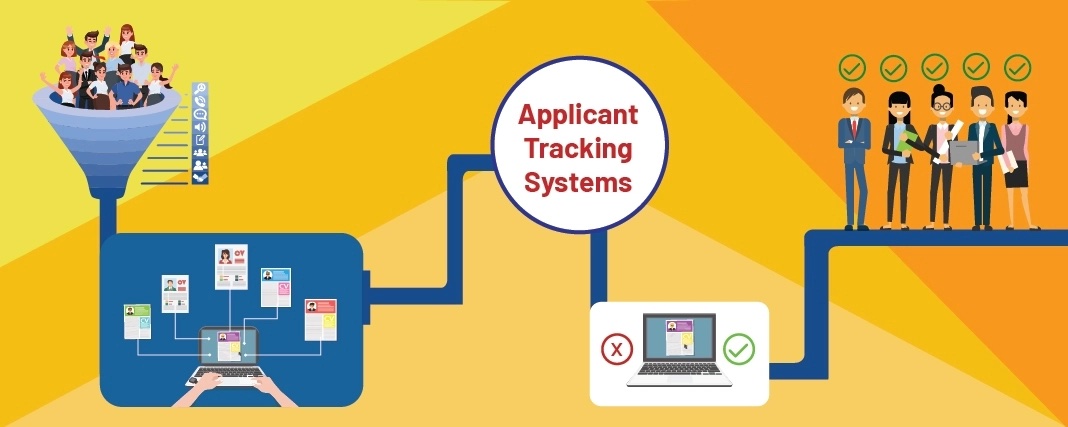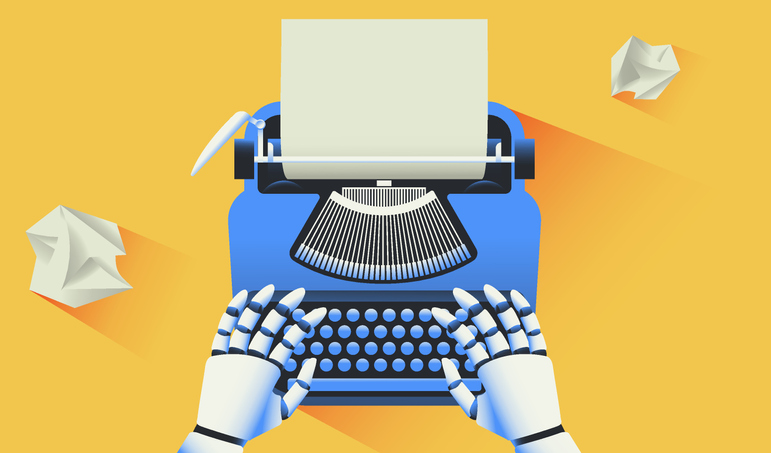Design thinking is a human-centered approach to problem-solving that emphasizes empathy, creativity, and experimentation. It was originally developed in the 1960s by the design firm IDEO. Since design thinking has become a popular framework for innovation and creative problem-solving in a wide range of industries.
See Also: Best Desks for Working From Home
At its core, design thinking is about understanding people’s needs and finding innovative ways to meet those needs. The process is iterative and flexible, allowing for new insights and ideas to emerge along the way. Here’s a breakdown of the five stages of the design thinking process:
Empathize:
The first stage of the process is about understanding the needs and experiences of the people you’re designing for. This involves observing, engaging with, and listening to users to gain insights into their motivations, behaviors, and pain points.
Define:
The second stage is about synthesizing the insights gathered in the empathy stage and defining the problem or challenge you’re trying to solve. This involves reframing the problem in a way that is actionable and focused on meeting the needs of the user.
Ideate:
In the ideation stage, the goal is to generate a wide range of ideas that could potentially solve the defined problem. This is a brainstorming phase where no idea is off-limits, and the focus is on quantity rather than quality.
Prototype:
The prototyping stage is about creating low-fidelity, tangible representations of the ideas generated in the ideation stage. This could include sketches, models, or mock-ups that can be quickly and easily tested with users.
Test:
The final stage is about testing the prototypes with users and gathering feedback to refine and improve the design. This iterative process allows for the creation of a solution that meets the needs of the user in the most effective way possible.
One of the key benefits of design thinking is its ability to break down silos and foster collaboration across teams. By bringing together individuals from diverse backgrounds and disciplines, design thinking can facilitate the exchange of ideas and promote a more creative and innovative approach to problem-solving.
Design thinking is also well-suited for tackling complex, ambiguous problems that don’t have a clear solution. By focusing on the needs of the user, design thinking encourages a deep understanding of the problem and can lead to breakthrough insights and solutions.
However, it’s important to note that design thinking is not a silver bullet for all problems. It’s just one of many problem-solving frameworks, and its effectiveness depends on the specific problem and context in which it’s applied.
Incorporating design thinking into your organization requires a commitment to experimentation and a willingness to embrace failure as an opportunity to learn. It also requires a culture that values collaboration and diversity of thought. With the right mindset and resources, design thinking can be a powerful tool for fostering innovation and creativity in your organization.
In conclusion, design thinking is a framework for innovation and creative problem-solving that emphasizes empathy, collaboration, and experimentation. By focusing on the needs of the user and approaching problems with an open mind, design thinking can lead to breakthrough insights and solutions. While it’s not a silver bullet for all problems, incorporating design thinking into your organization can help foster a culture of innovation and creativity.



















